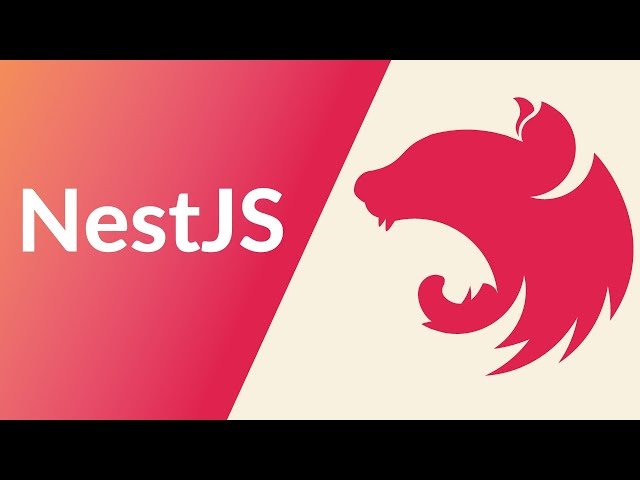Applications Of NEXT.js And NEST.js

Introduction
NEXT.js and NEST.js are two powerful frameworks that serve different purposes within the realm of web development. While NEXT.js focuses on building React-based web applications with server-side rendering and static site generation capabilities, NEST.js is a framework for building efficient, scalable, and reliable server-side applications with TypeScript.
This article explores the essential applications of NEXT.js and NEST.js. Read this section to learn more.
Applications Of NEXT.js
NEXT.js is a React-based JavaScript framework used for building modern web applications. It offers features like server-side rendering, static site generation, and automatic code splitting. Furthermore, NEXT.js simplifies the development process by providing a structured approach to building performant and SEO-friendly web experiences. Aspiring professionals can join the Best Next Js Course for effective skill development.
Here are the top uses of NEXT.js
- Static Websites and Blogs: NEXT.js excels at generating static websites and blogs. Its ability to pre-render pages at build time makes it perfect for content-heavy sites where SEO is crucial. By statically generating pages, the content can be served quickly to users, leading to better performance and user experience.
- E-commerce Platforms: NEXT.js can be utilized to build high-performance e-commerce platforms. Its server-side rendering capabilities enable dynamic content generation, such as product listings and details, while maintaining SEO-friendliness. Additionally, features like client-side routing and prefetching enhance the overall shopping experience.
- Enterprise Web Applications: NEXT.js is well-suited for building enterprise-level web applications. Its support for server-side rendering, coupled with efficient client-side navigation, makes it ideal for large-scale projects requiring both SEO optimization and dynamic user interactions.
- Progressive Web Apps (PWAs): With NEXT.js, developers can create PWAs that offer app-like experiences on the web. The framework’s support for service workers, offline caching, and fast page loads align well with PWA requirements. This enables users to access content even when offline or on slow connections.
- Content Management Systems (CMS): NEXT.js can power CMS platforms by providing a framework for building customizable, high-performance interfaces. Its flexibility allows integration with various headless CMS solutions, enabling content editors to manage and publish content seamlessly.
Applications Of NEST.JS
NEST.js is a progressive Node.js framework for building efficient, reliable, and scalable server-side applications. It leverages TypeScript’s features to provide a strongly typed development experience. NEST.js offers a modular architecture, dependency injection, and support for various protocols, making it ideal for building complex backend systems. One can join the NestJs Course to learn using this framework.
Let us look at the important applications of NEST.JS.
- API Development: NEST.js shines in building APIs for web and mobile applications. Its modular architecture, dependency injection, and support for TypeScript enable developers to create scalable and maintainable APIs with ease. Additionally, features like middleware, guards, and interceptors enhance security and request handling.
- Microservices: NEST.js is well-suited for building microservice architectures due to its modular and scalable nature. Further, each microservice can be developed as a separate NEST.js application. This allows teams to focus on specific functionalities while maintaining interoperability through protocols like HTTP, WebSocket, and gRPC.
- Real-time Applications: NEST.js, along with libraries like Socket.io, can be used to build real-time applications such as chat applications, multiplayer games, and live dashboards. Its support for WebSocket and event-driven architecture facilitates bidirectional communication between clients and servers in real time.
- Enterprise Applications: NEST.js is a suitable choice for building enterprise-grade applications that require scalability, reliability, and maintainability. Moreover, Its support for dependency injection, testing utilities, and modular design enables teams to develop complex applications with confidence.
- IoT (Internet of Things) Applications: NEST.js can be employed in IoT projects to develop backend services for managing devices, handling data streams, and orchestrating communication between devices and applications. Moreover, its lightweight footprint and support for asynchronous programming make it suitable for IoT environments.
Conclusion
In summary, both NEXT.js and NEST.js are powerful frameworks that cater to different aspects of web development. Next.js focuses on building interactive and SEO-friendly frontends with React. NEST.js, on the other hand, excels at building efficient and scalable server-side applications with TypeScript. Together, they offer a comprehensive solution for building modern web applications and services.




